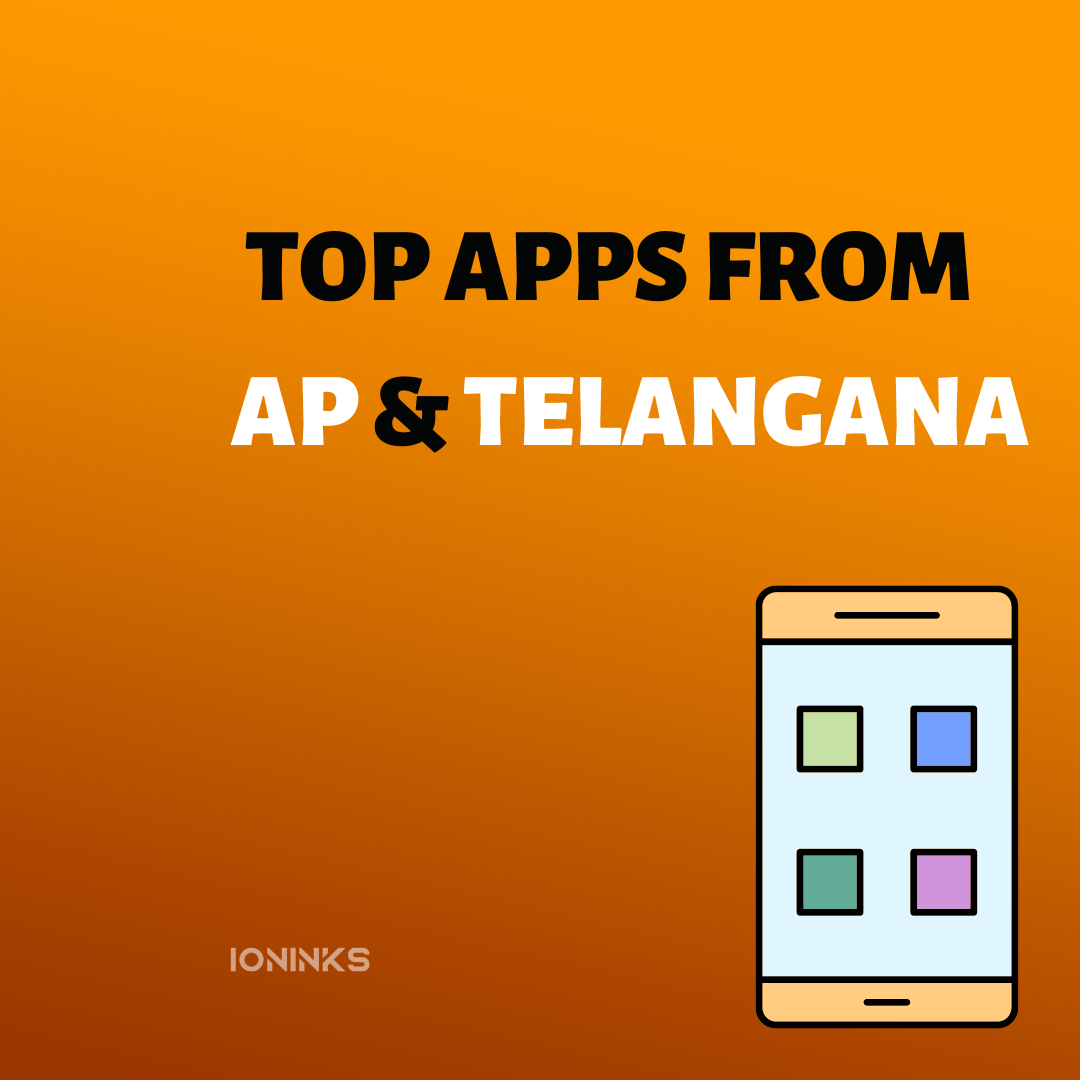Blockchain Simplified

The term ‘Blockchain’ or ‘Cryptocurrency’ has become so usual these days that these terms are on the tongues of every second person in our contact. They have become familiar with blockchains that do not use cryptocurrency terms, but only a few know what exactly they mean and how much they matter.
So, let’s move ahead and learn about Blockchain in some simple terms and get ourselves brushed up with all the necessary concepts.
Blockchain
Blockchain is a shared database that offers the credibility to store data in the form of blocks which can be inferred with books stored in a library where the books are referred to as the blocks. These blocks are later on linked to one another via cryptography.
To make the storage of new data into the chain, let’s take an example. Let’s consider that we’re standing in a queue, so whenever a new person tries to join the queue, they need to add themselves at the end of the queue so that others don’t get disturbed and the line keeps on extending by the arrival people at the end.
Similarly, when data comes in, it enters into a new block. As the new block gets filled, the data is chained with its previous block, ensuring the chronology is maintained.
Blockchain offers a diverse range of storage methodologies that can store the different types of pieces of information.
A ledger is the most commonly used mode of pieces of information storage for all transactions.
Who Invented Blockchain?
The first outlined blockchain technology came in 1991.
It was started by Mr. Stuart Haber and Mr. W. Scott Stornetta.
These two were amazing mathematicians who wanted to implement untampered document time stamps.
Later, cypherpunk Nick Szabo proposed using blockchain technology to secure a digital payments system known as bit gold.
How Does a Blockchain Work?
Blockchain was created to offer a platform to allow digital pieces of information to be recorded and distributed. The best of this technology is that it can not edit this information.
Thus, it can be said that a blockchain is a set of records of transactions that cannot be altered, deleted, or destroyed by anyone; that’s the reason it is referred to as immutable ledgers. We get here the significant reasons blockchains are even referred to as distributed ledger technology (DLT).
What is a Blockchain Platform?
A collaborative platform of Blockchain where users and developers collaborate to develop new uses of existing blockchain infrastructure.
Example: Ethereum is one of the most common examples of a blockchain platform.
Ethereum blockchain offers contracts and programmable tokens that can be used in Non-fungible tokens (NTFS).
Total number of blockchains
The count of live blockchains is increasing every day. The rapid growth of Blockchain in recent times has attracted the interest of many individuals across the globe. Currently, we’ve more than 10,000 active cryptocurrencies that are entirely based on Blockchain.
Types of Blockchain
Public Blockchain
This blockchain network can be joined by anyone freely and even set up their node.
Since this Blockchain is open for all, it requires a higher level of security and to maintain that the blockchains need to be secured with cryptography and a consensus system.
It is also known as an open or permissionless blockchain.
Private Blockchain
This blockchain network cannot be joined by anyone freely, and it even requires approval for the set-up of each node.
Since this Blockchain is private and cannot be bound by everyone, it does not require a higher level of security because the established nodes are considered to be made/established between trusted parties.
Private Blockchain is even referred to as permissioned Blockchain.
Drawbacks of Blockchains
Technology Cost
Blockchain has a soaring implementation cost. Despite the prices of mining bitcoin, users bitcoin network’s PoW system date transactions on the Blockchain.
Mining bitcoin serves every essential purpose of bitcoin generation and transaction confirmation of the cryptocurrency’s network. Miners are rewarded with enough bitcoin to make their time and energy worthwhile. However, it will need to be paid or otherwise incentivised to validate transactions when it comes to blockchains that do not use cryptocurrency.
Solutions to these unresolved issues are beginning to shine through. Fo when it comes to blockchains that do not use cryptocurrency.
Speed and Data Inefficiency
Transactions at bitcoin blockchain are highly-priced and slow because of the sudden surge and drop in its price. Other cryptocurrencies, like Ethereum, perform better than bitcoin; blockchain is still limited to this issue have been in development for years. There are currently blockchains that boast more than 30,000 TPS.
The block size is currently one of the most pressing issues for the scalability of blockchains. However, going forward, it can hold only a limited data size.
Illegal Activity
The confidentiality on the blockchain network prevents users from hackers and ensures their privacy. These laws prevent illegal trading and other activity that can be done through the blockchain network.
The Silk Road is considered the most cited example where Blockchain is being used for illicit transactions. It is regarded as the marketplace for illegal drugs and money laundering. Later on, it was shut down in 2013 by the FBI.
The dark web even allows users to trade illegal goods without being tracked by Tor Browser and making illicit purchases in Bitcoin or other cryptocurrencies. Such a system grants anyone access to financial accounts. It also allows criminals to transact more efficiently. A significant number of arguments have been presented showing the good uses of crypto, primarily when the most illegal activity is still accomplished.
For more information, contact App Development Company.


